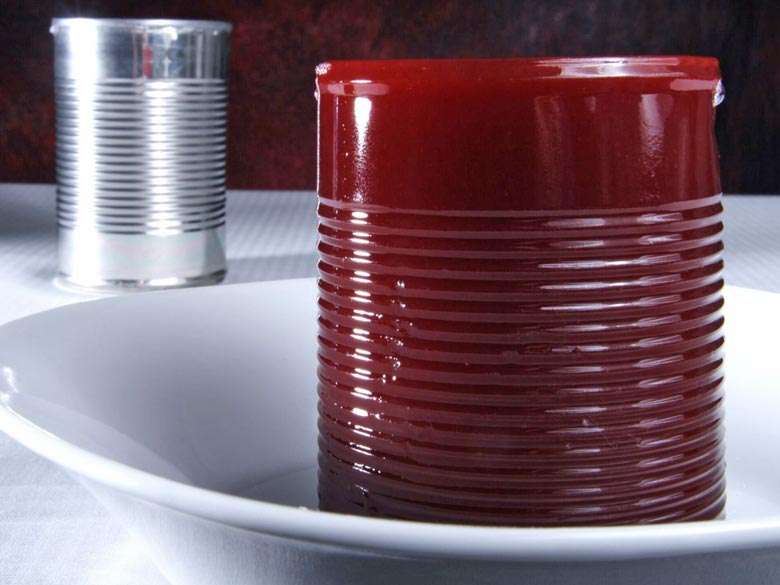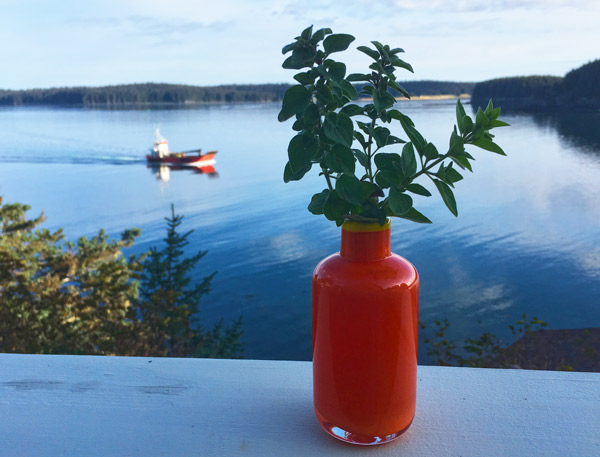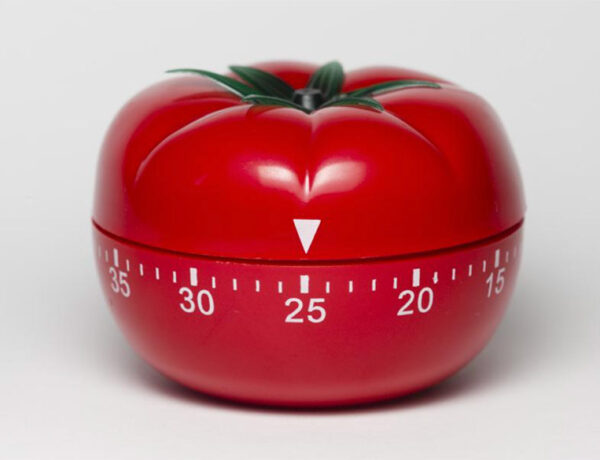When I think of holiday dinners of my youth, two things come to mind: Oyster casserole (topped with crushed Saltines) and a jiggling red tower of cranberry sauce. I followed the example set by the grownups and loaded my fork with what looked like an oyster and, with extreme trepidation, put it in my mouth. The saltine crackers tasted and felt familiar, but that’s where it stopped. I excused myself and headed to the bathroom down the hall…
My relationship with the jellied cranberry sauce was much better. In fact, over the years, it became a comfort food of sorts…
[Hello there! This organic gardening article was originally published in the Kodiak Daily Mirror, the hometown newspaper for Kodiak, Alaska. You can access the archive page for my past columns, written each week since 1986].
Comfort food or not, I now look at jellied cranberry sauce as weird stuff.
Ocean Spray makes 70 million cans of jellied cranberry sauce each year.
That’s a LOT of jelly! I’ll share some cranberry recipes in a moment, but first, let’s explore some surprising facts about cranberries:
The first energy bar
Native Americans in the Lower 48 used mixed cranberries with venison, fat, and wild onions, to make pemmican. Was this the inspiration behind today’s Clif Bars? At some point, cranberries were introduced to early settlers, who ate them to prevent scurvy.
Tart is smart
Did you know that cranberries store especially well? Turns out their high acid content (exceeded only by lemons and limes) keeps them from spoiling. So if you’re at the store and see them on sale, load up your freezer!
The other reason is their high content of “phenolic “compounds. Many phenolic compounds are anti-microbial, which protect the berries from rotting in damp climates.
Nutritional good guys
Cranberries (Oxycoccus species) are one of the world’s healthiest foods. They contain fiber, vitamin E, vitamin C, and all manner of minerals and B vitamins. No wonder we like to climb our local mountains in Kodiak in search of lowbush cranberries…
The real magic is the red in cranberries, along with red cabbage and red onions. And the blue in blueberries, plums, grapes and the purple in pansies…
In herbal medicine, anthocyanin-rich substances have long been used to treat a number of conditions involving blood vessel health, including chronic venous insufficiency, high blood pressure, and diabetic retinopathy. They have also been used to treat a number of other conditions, including colds and urinary tract infections. Recent research also suggests that anthocyanins may help fend off major health problems, including heart disease and cancer.
Fresh is best
Unfortunately, 95 percent of cranberries become processed foods. Think juices and sauces. So what’s the answer? Whole food. Real food.
Speaking of food, here’s how to make your own whole-cranberry cocktail. It’s a tasty recipe created by Dr. Michael Greger, MD, New York Times bestselling author of How Not to Die and founder of nutritionfacts.org.
Pink Juice
- Handful fresh or frozen cranberries
- 2 cups water
- 3 TBL date sugar, maple syrup, or another sweetener
Place all ingredients in a blender and blend at high speed. Pour over ice and serve.
Brighten your smile
Have you ever tried cranberry toothpaste or mouthwash? Anthocyanins reduce a variety of bacterial infections. They can also brighten your smile. In this case, the bacteria we’re talking about causes plaque, cavities, and gum disease.
The Pilgrim cookbook
Cranberries are native to North America. Native Americans used cranberries for food and medicine. And a dye for clothes and blankets. In 1663, the Pilgrim Cookbook appears with a recipe for cranberry sauce. (Not jellied, though).
Cranberries can’t swim
It’s a mild misconception that cranberries are grown in paddies flooded with water. Almost true. Beds are often irrigated with water to maintain ideal soil moisture. And in autumn, farmers flood beds with six inches of water to ease harvest. Since each berry has an air pocket, they float. Easy-peasy.
And now, as promised, the recipe for fresh cranberry-ginger salsa. It won the side dish category in the Anchorage Daily News’ “How Alaska Eats” holiday recipe contest.
“What’s brilliant about this salsa is that it goes well with almost everything,” says Julia O’Malley. A spoonful is delicious on a warm tortilla or tossed in a quinoa salad.
Fresh Cranberry-Ginger Salsa
(By Reign Galovin)
- 1 (12-ounce) bag fresh cranberries
- 4 to 6 green onions, sliced
- 2 jalapeños, stems removed (and seeds, if desired)
- 1/4 cup packed fresh cilantro leaves
- 2 tablespoons fresh-squeezed lemon or lime juice
- 1 (2-inch) piece fresh ginger, peeled and grated
- 1 to 2 TBL sugar
- 1/4 teaspoon salt
Rinse cranberries. Discard any that are mushy or bruised. Place in a food processor; pulse a few times until cranberries are chopped but not puréed. Tip cranberries into a bowl. Stir in remaining ingredients. Toss to combine. Let sit for 10 minutes. Store in the refrigerator in an airtight container for up to three days. Makes 2 1/2 to 3 cups.
One last thing. Did you know that John Lennon repeated the words cranberry sauce at the end of the song “Strawberry Fields Forever.”?
I hope you have a great week,

++++++++++++++++++
Oh, and about these garden columns… Slowly but surely I’m posting over 1,200 articles that you can access here. For personal updates, sign up for my newsletter, the Garden Shed: All Things Organic Gardening. As a thank you for signing up, you’ll receive a FREE PDF: 220 Things You Can Compost. (I’m also on Facebook and Instagram). To get in touch by email: marion (at) marionowenalaska.com





No Comments